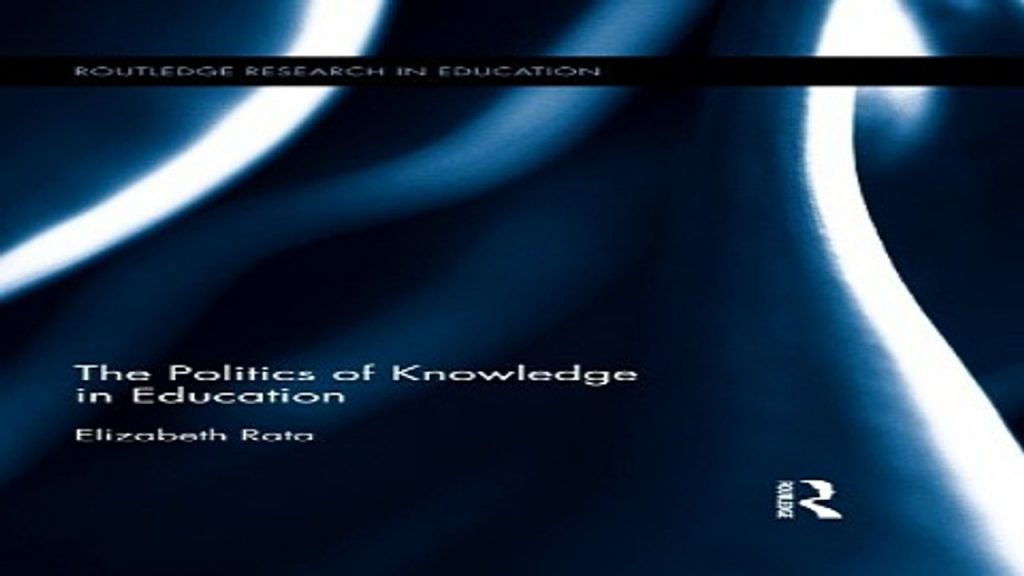
I recommend that the current ‘Draft Histories Curriculum’ be abandoned and that the following be considered.
The current Draft is based on five major flaws. They are:
- It is an inadequate conception of what ‘History’ is as a curriculum subject for schools.
- It is an inadequate conception of what ‘History’ is as a curriculum subject for schools.
- It is an inadequate conception of what ‘History’ is as a curriculum subject for schools.
- It is an inadequate conception of what ‘History’ is as a curriculum subject for schools.
- It is an inadequate conception of what ‘History’ is as a curriculum subject for schools.
History in the school curriculum
New Zealand History, as both a discipline and a school subject, is the study of the temporal sequence of events which have created a modern nation with a liberal society and democratic governance for a unified pluralist population. History as a school subject should begin with the study of events and proceed to the study of the issues which arise from, and are evidenced, by such events. This will ensure that the understanding of issues is based on the events themselves and not on present-day interpretations of issues.
The teaching of History at school should consist of:
- Description of the facts and explanations of the events-so-described.
- Disputes about how the events should be described and explained (including whether an event occurred or not).
- The context of the events-so-described. Events which took place in New Zealand should be placed within a regional or global context to avoid a parochial approach.
- Descriptions and explanations of causes and consequences of the events-so-described, including disputes of both descriptions and explanations at the time and subsequently.
- How the events-so-described affected people at the time and subsequently as well as how historical explanations of the events have affected people and their responses. (Identity issues belong here – they are a consequence of how people were affected by the sequence of events in the past and by subsequent accounts of these events.)
- The use of concepts and methods developed in the discipline of History in order to provide objective, consistent, and reliable accounts of past events according to all available evidence.
CONTENT Broad categories
- The settlement of New Zealand from the first settlement of the Pacific to recent migration.
- Māori society pre-European contact.
- Late 18th, 19th and 20th century Māori history and Maori relationships to non-Māori (especially pre-Treaty life, the Treaty of Waitangi, colonisation, Maori internal migration, the post-1960s’ Māori cultural and political revival).
- Settler life, the development of rural and urban life, Māori – non-Maori relationships.
- Establishment of government, its constitution and institutions – parliamentary, legal, health, education, – and the nation’s social and economic infrastructure.
CONTENT Specific categories
- Social and political change
For example: the liberal era of the 1890s – women’s suffrage, industrial and social conditions and legislation; the 1930s welfare state; New Zealand’s involvement in World Wars I and II, Korea, and Vietnam. The ‘Protest Decades’ of the 1960s – 1980s; Biculturalism and indigeneity from the 1980s; Feminism in the 1890s, 1920s and 1960s.
- Intellectual, technological, and cultural change
For example – 19th and early 20th century trade unionism, the Temperance Movement, Human Rights and NZ’s contribution to the United Nation; the development of NZ’s literature, art, and music; inventions which changed NZ society; Māori language; the development of NZ English.
- The Economy
Significant events which developed the NZ economy: the development of agriculture and industry; the development infrastructure of transport, banking and so on.
- The Environment
Significant events which created the way land is used today. Examples may include: the extinction of creatures from the first settlement by humans; the introduction of mammals; land use in the 19th and 20th centuries; the history of conservation; and so on
- New Zealand in the World
This section may include international events (the Pacific, Asia, Europe, the Americas, Africa) which have affected New Zealand and to which this country has contributed. The events mentioned above all have connections to international events.
CONTENT Prescribed
There should be prescribed content for the above categories. Prescribed content is justified because there are some events which all New Zealand children should know. Such collective knowledge creates a shared national identity. Content selection and its justification should be a national discussion – that in itself serves an educative function.
- (A few suggestions only) – Māori encounters with Abel Tasman. Cook’s voyages. Ngati Tama and Ngati Mutunga’s conquest of the Chathams. The Treaty of Waitangi. The 1852 Constitution. The Rangiaowhia Incident. The 1893 Suffrage Act. The Main Trunk Line. The 1918 Influenza Epidemic. The first Anzac Day commemoration. NZ’s contribution to the UN Declaration of Human Rights. The first refrigerated shipment. The first official contact with China, India, and an African nation.
- Content specific to a district or region. For example – the 1931 Hawkes Bay Earthquake; Treaty of Waitangi signatories in specific regions; Māori and settler occupation, and so on.
NB: The New Zealand Curriculum has no prescribed content in any subject. All content is decided at the school level. This causes huge variation in educational quality. Some students receive in-depth subject knowledge taught in interesting ways. Others receive very little knowledge.

